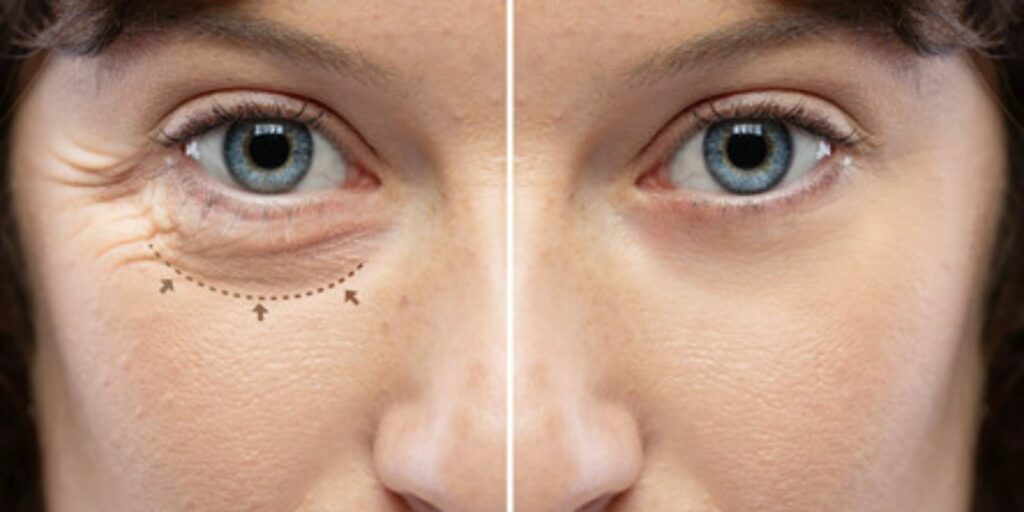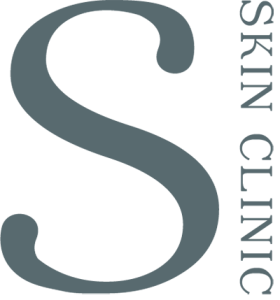
Blepharoplasty Cost in India
Safe. Scientific. Research-backed
3 Generations in Treating
Eyelid Surgery/Blepharoplasty in India
Candidates
Adults of all ages can benefit from blepharoplasty. Patients in their 20s or 30s might improve their inherited traits that can make them look older or tired. Patients with excess skin or puffy appearance on the upper eyelids, excess skin, or bags on the lower eyelids.
Objectives
The eyelid procedure can be designed according to the problem. If only the upper eyelids are affected there is no need to operate on the lower eyelids, and vice versa. If the problem is only caused by excess fat, with no skin excess, there is no need to remove skin. If excess skin is the problem, there might not be necessary to remove fat.
Usually, however, with a patient in their forties of fifties, there is usually the need to correct the drooping upper eyelids and puffy bags below the eyes by removing excess fat, skin, and muscle. Sometimes a forehead lift is recommended if the upper eyelid condition is accompanied by sagging of the eyebrows.
A chemical peel may help if there is dark pigmentation or fine wrinkles around the eyes. Crow’s feet can be treated simultaneously through laser resurfacing and or cosmetic filler injections.
Incisions and Technique
The technique will depend on the problem, the excess fat and skin in the eyelid areas, and the position of the eyebrows. In the upper eyelid the incision is hidden within the natural fold and extends to the outside corner of the eye. Excess skin and fat are removed.
The lower eyelid fat pockets are removed through an incision placed inside the lower eyelid. There is no need for stitches. If there is a need to remove excess skin and muscle another incision is hidden just below the lower lashes, easily camouflaged by natural creases.
Operating Time
1 to 3 hours. Anesthesia: Usually local anaesthesia with sedation or general anaesthesia.
In/Outpatient
Usually outpatient.
Recovery Period
There is usually no pain, just temporary discomfort, swelling, bruising, itching of eyes, tearing and sensitivity to light for a few days.
Recovery
Reading: 2 or 3 days. Back to work: 7 to 10 days. Contact lenses: two weeks. Exercising about 3 weeks. Bruising and swelling may take several weeks to disappear, but usually with makeup or dark glasses the aspect is almost normal.
Risks
Hematoma (accumulation of blood under the skin that may require removal), infection and reactions to anaesthesia. Temporary blurred vision. Bleeding, dry eyes, slight asymmetry in healing or scarring.
There might be a temporary difficulty in closing eyes completely (rarely permanent). Blindness is extremely rare.
Details
Besides the normal pre-operative exams you will be asked to do an eye test. The first evening after surgery, you should rest quietly with your head elevated. You should apply cold compresses to your eyelids to increase comfort. Stitches are usually removed after five to seven days.
Duration of Results
Several years. Sometimes permanent
Sparsh Skin Clinic
- 22 Khan Market, New Delhi, India-110003
- B-9 Qutub Plaza, DLF Phase 1, Gurugram, Haryana 122002
- + 91 9871057657
- [email protected]

Fill your details here
Know more or Book your appointment
Get in Touch
3 generations, serving in healthcare since 1947.
Sparsh can also help you for :
- Skin Concerns
- Hair Concerns
- Aesthetic concerns
- Digestion Concerns
- Lifestyle & Chronic Diseases
- Diet & Nutrition adjustments
